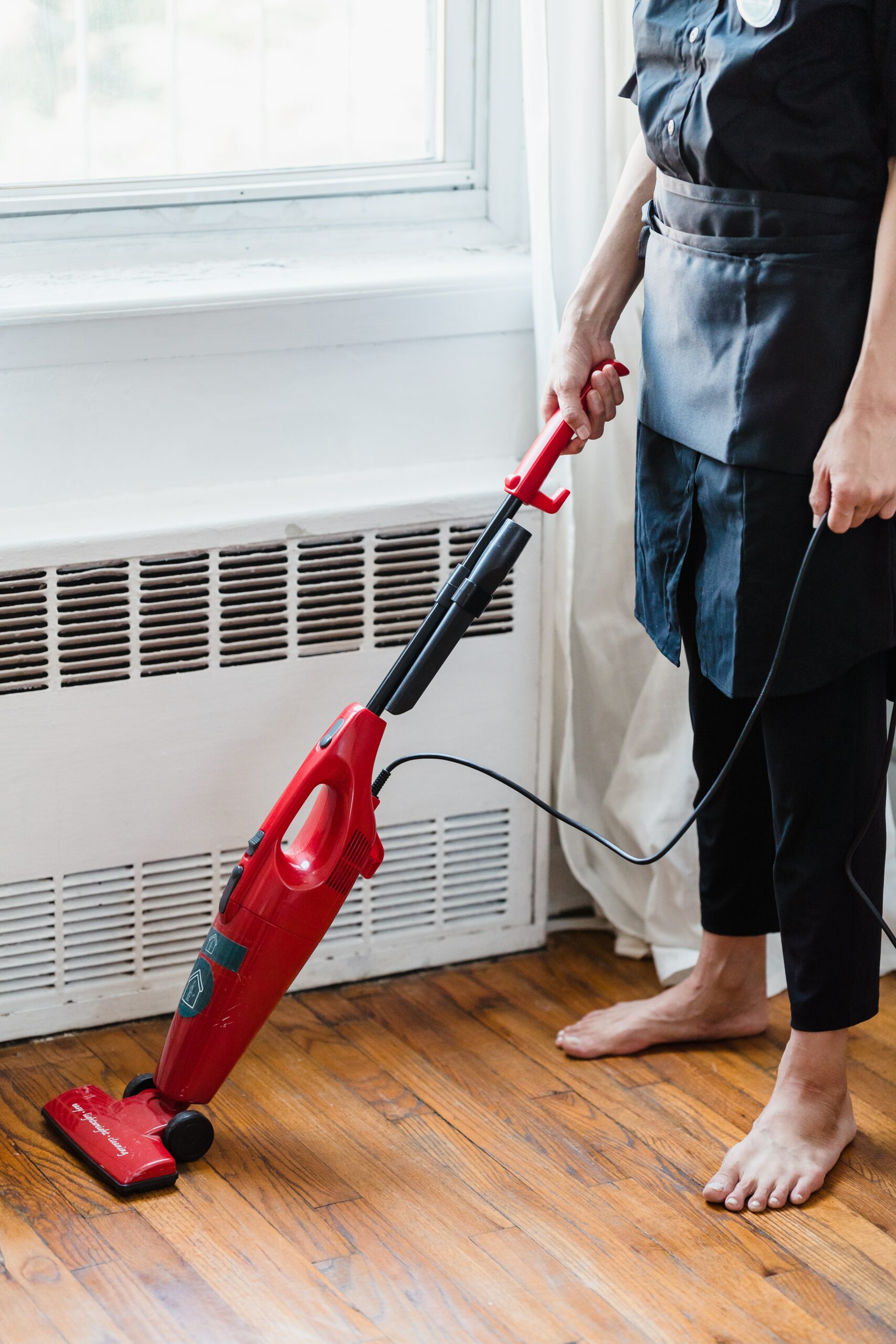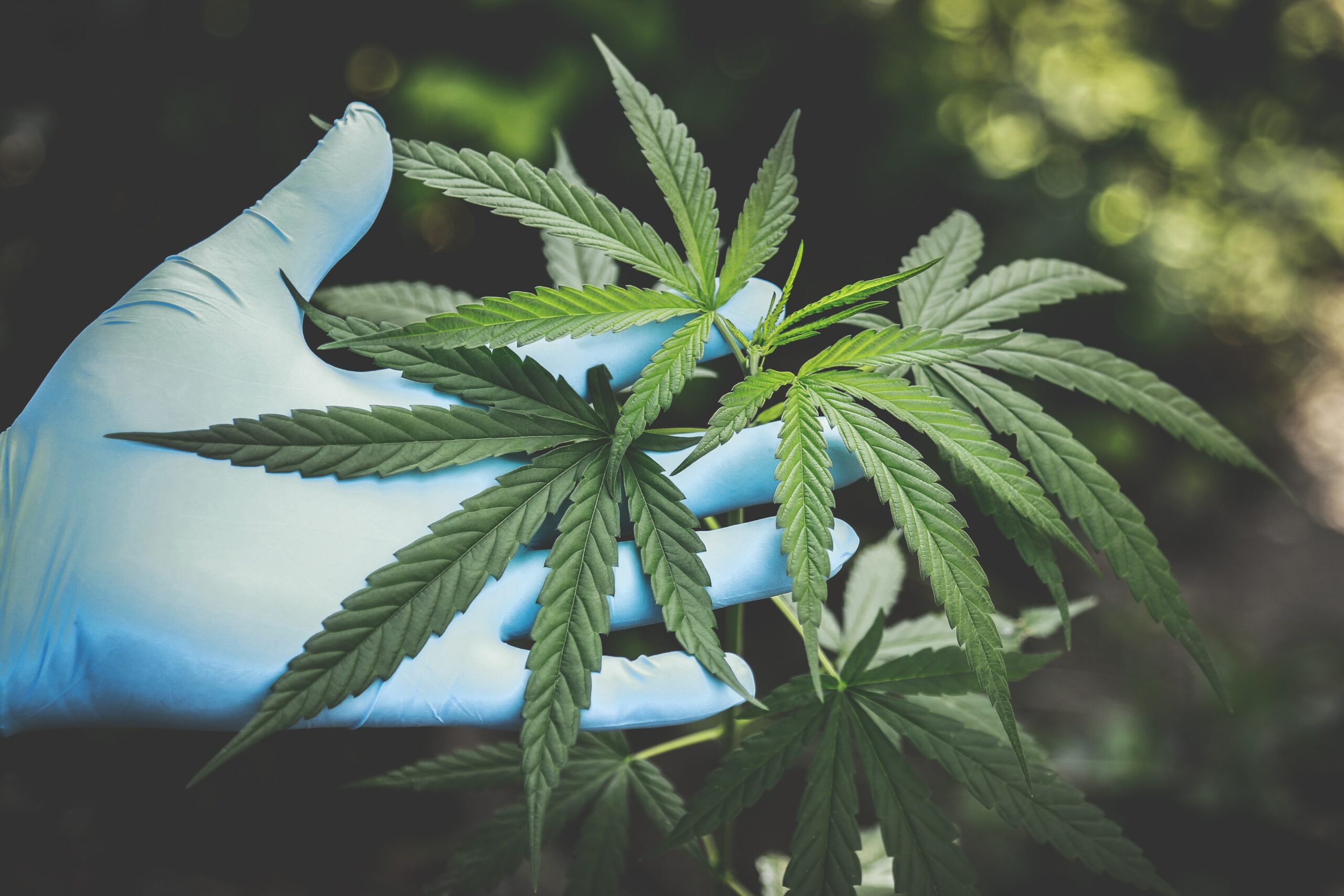Several days ago, Governor Hochul signed into law Bill A8092B (the “lawful absence law”), which amends Section 215 of the New York Labor Law (NYLL), to prohibit employers from disciplining employees who take legally protected time off from work. Thus, employers cannot threaten, penalize, discipline, fire, or otherwise discriminate or retaliate against employees for their use of lawful absences. Additionally, employers cannot maintain “no fault” attendance policies and absence control procedures, which may penalize workers for their use of legally protected absences.
The definition of a “lawful” absence to the layperson, such as a department manager or even a human resources officer, will not always be clear. The law does not define what constitutes a “legally protected absence pursuant to federal, local, or state law.” At the very least, the language should be interpreted to include all New York State, New York City, and federal statutory leave laws, such as the New York Paid Family Leave, New York Paid Sick Leave, New York Vaccine Leave, New York Paid COVID-19 Leave, New York City Safe and Sick Leave, the Family and Medical Leave Act, the Americans with Disabilities Act, Worker’s Compensation, and other various leaves, such as jury duty leave, voting leave, domestic violence leave, and military leave. However, the application of these leave laws is not always clear. For instance, an employee calling off from work due to a suspected case of the flu, or long COVID complications, could argue that their leave was protected under the New York Human Rights Law, which defines disability and impairment extremely broadly, but the unsuspecting manager would not realize that such an absence was potentially “lawful” and could impose discipline. Thus, in application, these amendments to Section 215 could prove difficult to administer for employers.
Whereas before, adverse employment action against an employee who might have taken time off for protected reasons was “punishable” under the law that protected the employee’s leave (e.g., employee who was disciplined for using FMLA leave would sue under the FMLA), now, with these Section 215 amendments slated to take effect, employees will have additional remedies at their disposal. Specifically, Section 215 provides a private cause of action for current and former employees, allowing them to initiate a lawsuit to recover monetary damages from their employer. Further, employers that violate Section 215 may be required by the State Department of Labor to provide reinstatement and pay individuals for damages associated with violations of Section 215, including liquidated damages, back pay and front pay. The Department of Labor can also issue up to $10,000 in civil penalties to first-time violators of Section 215 and up to $20,000 for all subsequent violations.
The amendments to Section 215 of the NYLL take effect on February 19, 2023. Employers should take the time now to ensure their call-off and attendance policies and procedures can accommodate the new mandates and protections under Section 215.









